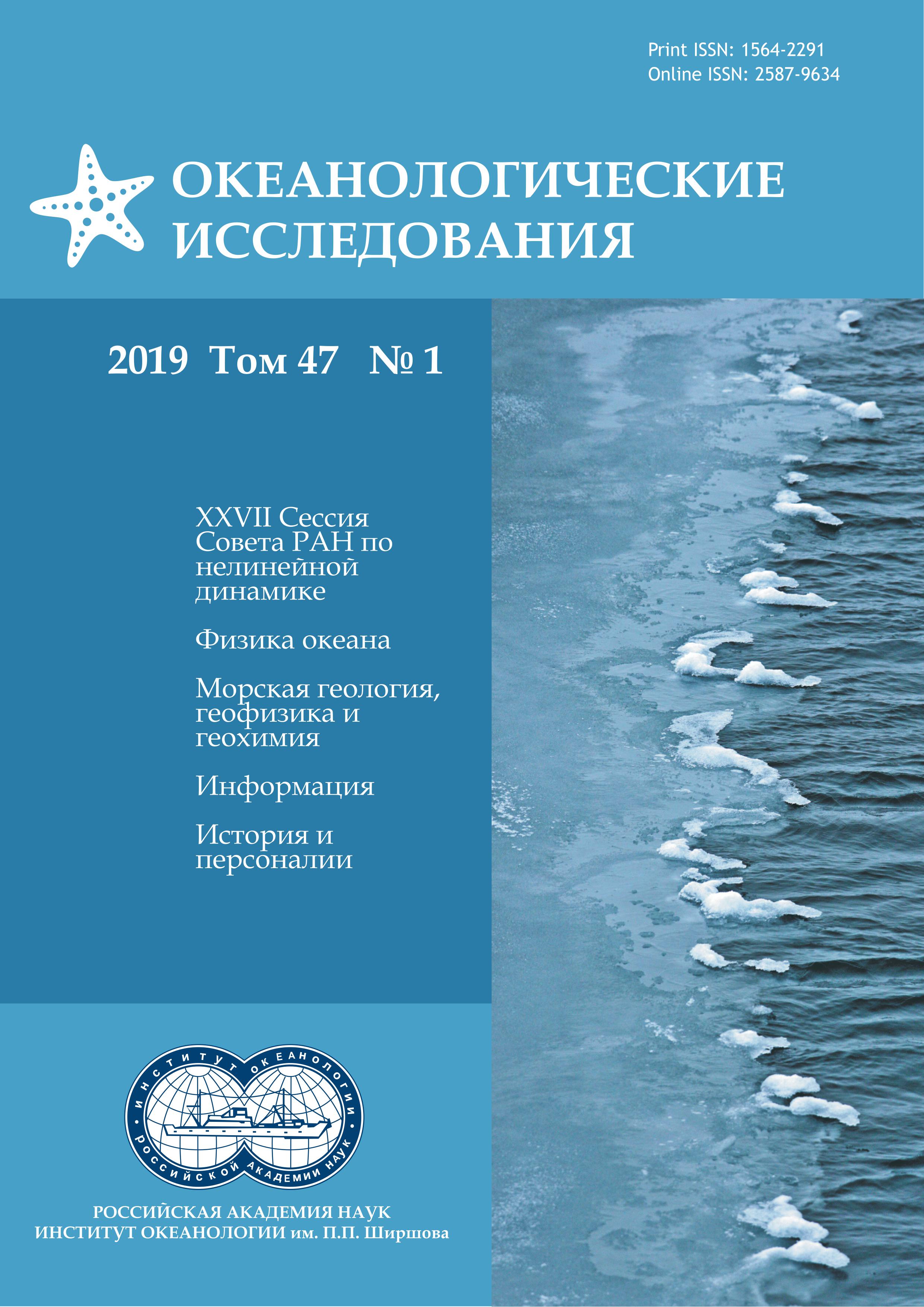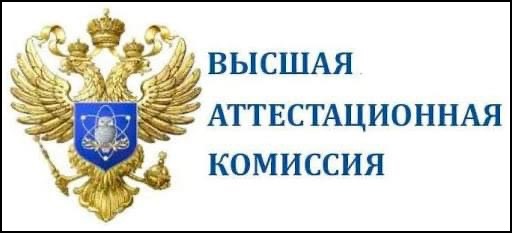ГИПОТЕТИЧЕСКАЯ ВИХРЕДВИЖУЩАЯ СИЛА ИЛИ О РЕАЛИЗАЦИИ ТУРБУЛЕНТНОГО ВИХРЕВОГО ДИНАМО В ТРОПИЧЕСКОЙ АТМОСФЕРЕ
Аннотация
В обзорной работе (Levina et al., 2000) содержится подробное обсуждение серии исследований 1983–1999 гг., связанных с созданием (1983 г.) и дальнейшим развитием математической модели турбулентного вихревого динамо. Модель, полученная методами теории средних полей (Краузе, Рэдлер, 1984), впервые содержала крупномасштабную неустойчивость в электрически непроводящей среде (гидродинамический альфа-эффект), генерируемую особыми свойствами мелкомасштабной спиральной турбулентности поля скорости. Аналогично модели альфа-эффекта в магнитной гидродинамике такая неустойчивость описывается генерационным слагаемым, полученным в результате осреднения уравнений для турбулентного поля скорости и представляющим собой по физическому смыслу некоторую силу. Однако в отличие от магнитной гидродинамики, где в качестве генерационного слагаемого выступает средняя электродвижущая сила, интерпретация полученного результата в модели гидродинамического альфа-эффекта долгое время вызывала серьезные затруднения. Действительно, появление средней электродвижущей силы объясняется взаимодействием магнитного поля и поля скорости. В случае непроводящей среды полученная гипотетическая сила, назовем ее для определенности, например, «вихредвижущей» силой, должна создаваться только полем скорости. В природе такая сила неизвестна, однако, на основании новых знаний об атмосферной конвекции в тропиках, удалось интерпретировать вихредвижущую силу как параметризацию (Levina, 2018) взаимодействия нескольких эффектов: вращающейся глубокой влажной конвекции (Hendricks et al., 2004), сопровождающейся интенсивным объемным выделением тепла, и вертикального сдвига горизонтального ветра.
Предложенная параметризация позволяет объяснить реализацию турбулентного вихревого динамо в тропической атмосфере.
Работа выполнена при поддержке РФФИ по проекту № 16-05-00551а.
Литература
- Краузе Ф., Рэдлер К.Х. Магнитная гидродинамика средних полей и теория динамо: Пер. с англ. М.: Мир, 1984. 314 с.
- Hendricks E.A., Montgomery M.T., Davis C.A. The role of “vortical” hot towers in the formation of tropical cyclone Diana (1984) // J. Atmos. Sci. 2004. Vol. 61. P. 1209–1232
- Levina G.V. On the path from the turbulent vortex dynamo theory to diagnosis of tropical cyclogenesis // Open Journal of Fluid Dynamics. 2018. Vol. 8. P. 86–114.
- Levina G.V., Moiseev S.S., Rutkevich P.B. Hydrodynamic alpha-effect in a convective system. Nonlinear Instability, Chaos and Turbulence. Vol. 2. Adv. Fluid Mech. Series, Debnath L. and Riahi D.N. (Eds.). Southampton: WIT Press, 2000. P. 111–162.
Передача авторских прав происходит на основании лицензионного договора между Автором и Федеральным государственным бюджетным учреждением науки Институт океанологии им. П.П. Ширшова Российской академии наук (ИО РАН)













